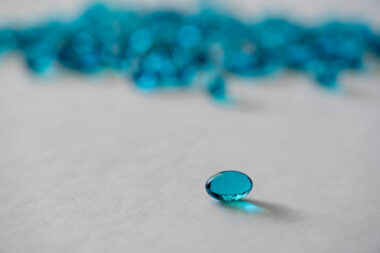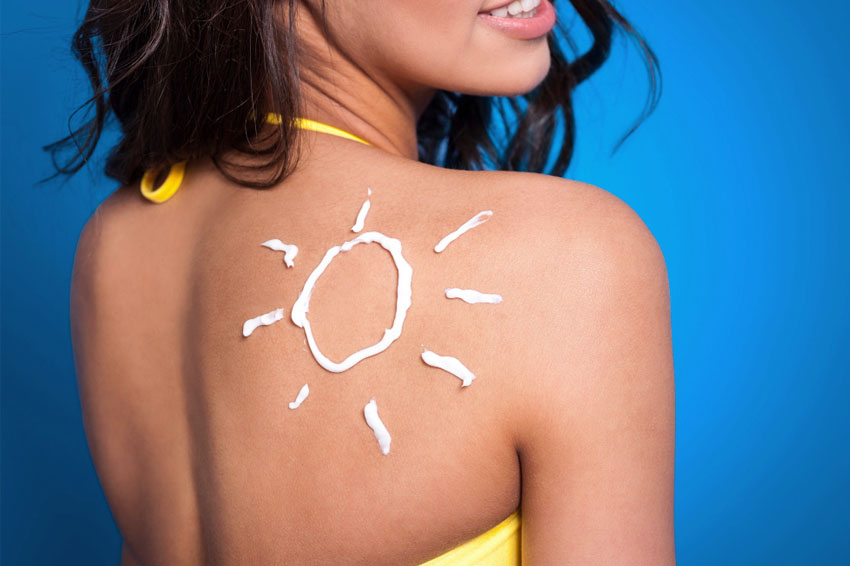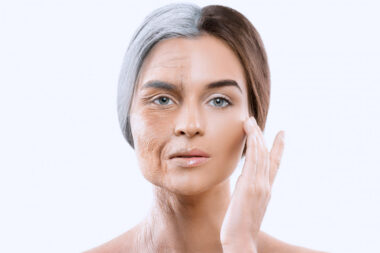For some, sunscreen is an indispensable part of the beauty toolkit: an endearing habit that became a sort of a holy grail. For others, however, choosing and using sunscreen remains an onerous task.
After all, we are left with an overabundance of medical and chemical jargon scattered on the pack, some are relevant yet most are trivial from the consumer’s vantage point; worse still, those inscriptions oftentimes don’t tell us how to use it with scientific precision.
Well, proper use of suitable sunscreen is crucial for adequate protection against skin cancers and premature ageing.
Below are five instructions that should unravel the mystery of sunscreens.
1. Look for Sun Protection Factor (SPF)
For many who have been using sunscreens for a long time, the Sun Protection Factor has a familiar ring. But there has been a misconception about SPF: the higher SPF means it can resist sunlight for a longer time.
This is because some experts used to define it in this way, that is, if a sunscreen product has an SPF of, say, 20, it means that you are protected 20 times the period your skin can withstand sun exposure without sunscreen. So, if your skin gets a burn after 10 minutes, this product protects you for 200 minutes.
In fact, this is a faulty assumption. SPF is a number reflective of the amount of hazardous sunlight that a sunscreen product can filter out when compared to not using sunscreens at all. Therefore, higher SPF performs better at protecting your skin from sunlight (1, 2).
The scientific recommendations are different, but the general consensus, including the U.S. Food and Drug Administration (FDA) (3), seems to settle around SPF of at least 15.
Some, like the American and Canadian Associations of Dermatology, like to be on the cautious side and recommend a minimum number of 30, which protects against 96.7% of UVB radiation (4, 5). Australian recommendations take a harder line and go as far as a figure of 50, which raises protection to 98% (6).
Aiming for a very high SPF, however, is of little importance because very little protection is then added, not to mention that inadequate protection mostly results from improper use, not poor quality. The bottom line is: to be on the safe side, aim for an SPF of 30.
2. Choose a sunscreen that protects you against UV radiation type A
There are two types of UV radiation, type A and type B. Both types can cause skin cancer, but type B is proven to be the major cause. On the other hand, UV radiation type A is more related to ageing and wrinkling (7).
This type of radiation impairs a protein underneath our superficial skin layer called collagen, which is like the columns that underpin a tent, once they start to dismantle, the skin above gets crumbled (8).
Therefore, looking for a product that protects you against this type of radiation is essential. This depends on where you live. Europe uses the star-rating system, and you should look for a rating of 4 to 5 stars listed somewhere on the pack.
Sometimes, producers make it easier for you by leaving a logo of UVA in a circle. In the US, protection against UVA is indicated simply by the word “broad-spectrum.”
3. Apply your sunscreen generously
Mostly, our choice is fine. Most producers are now aware of the need to broadly cover both types of radiation in sufficient amounts. The problem lies in using sunscreens rather than choosing it as studies have shown that people barely use 50% of the amount needed for optimal protection.
One study, conducted in 2010 on Asian participants, revealed that inadequate application of sunscreen (of less than 2 mg/cm) reduce SPF to a level below what’s indicated on the pack (9). In fact, it is inevitable that we leave certain spots on our skin uncovered when going outdoors on sunny days.
That being the case, sunscreen is something that you need to be very generous with, whether you use creams, sprays, gels or roll-ons, you should put on as much amount and cover as many areas as possible—apply it on every exposed skin area because sunlight doesn’t discriminate.
This means that you should also cover spots such as your lips and back of your neck, and if your hair is thinning, you should cover the skin underneath as well (2, 3).
Also read: How To Do a 6-Step Skincare Routine
4. Apply your sunscreen frequently
But sunscreens, like any other skin product, rub off quickly due to air and sweat. It is then understandable why dermatologists advise you to apply it as frequently as every two hours.
You would also need to apply it even more frequently if you run, swim or perform an exercise (3, 4, 5).
5. If you are into swimming, look for water-resistant products
Health regulatory institutions, such as the FDA, compels producers to use certain wording when it comes to sunscreen. If you are a frequent swimmer, then you should choose a sunscreen that is water-resistant.
FDA makes it also mandatory to include the reapplication period in the label, which may be labelled as 40 or 80 minutes, or “water-resistant” and “very water-resistant.”
As a general rule, and regardless of these labels, it is always better to err on the side of caution and reapply sunscreen every time you get out of the water (3).
Final Thoughts
Other than those five instructions, things are almost irrelevant. Once you choose an acceptable sunscreen product and use it properly as instructed, then you are far ahead than most other people, so don’t chew over which brand is better—you are not missing anything.
References:
- Schalka S, Reis VMS dos. Sun protection factor: meaning and controversies. An Bras Dermatol. 2011 Jun;86:507–15.
- Latha MS, Martis J, Shobha V, Sham Shinde R, Bangera S, Krishnankutty B, et al. Sunscreening Agents: A Review. J Clin Aesthet Dermatol. 2013 Jan;6(1):16–26.
- U.S. Food and Drug Administration (FDA). Sunscreen: How to Help Protect Your Skin from the Sun [Internet]. Available from: https://www.fda.gov/drugs/understanding-over-counter-medicines/sunscreen-how-help-protect-your-skin-sun
- the American Academy of Dermatology. Sun protection [Internet]. [cited 2022 Jan 9]. Available from: https://www.aad.org/public/everyday-care/sun-protection
- The Canadian Dermatology Association CDA. Sunscreen – Canadian Dermatology Association [Internet]. [cited 2022 Jan 9]. Available from: https://dermatology.ca/recognized-products/sunscreen/
- The Australian Radiation Protection and Nuclear Safety Agency (ARPANSA). Sun protection using sunscreens [Internet]. ARPANSA. ARPANSA; 2017 [cited 2022 Jan 9]. Available from: https://www.arpansa.gov.au/understanding-radiation/radiation-sources/more-radiation-sources/sun-protection-sunscreen
- Ultraviolet radiation and skin cancer: molecular mechanisms – Hussein – 2005 – Journal of Cutaneous Pathology – Wiley Online Library [Internet]. [cited 2022 Jan 9]. Available from: https://onlinelibrary.wiley.com/doi/abs/10.1111/j.0303-6987.2005.00281.x
- Bailey AJ, Paul RG, Knott L. Mechanisms of maturation and ageing of collagen. Mechanisms of Ageing and Development. 1998 Dec 1;106(1):1–56.
- Kim SM, Oh BH, Lee YW, Choe YB, Ahn KJ. The relation between the amount of sunscreen applied and the sun protection factor in Asian skin. Journal of the American Academy of Dermatology. 2010 Feb 1;62(2):218–22.

Sari is a medical doctor, health writer, and specialist in global health, who has been involved in skincare research and studies for a long time.






































